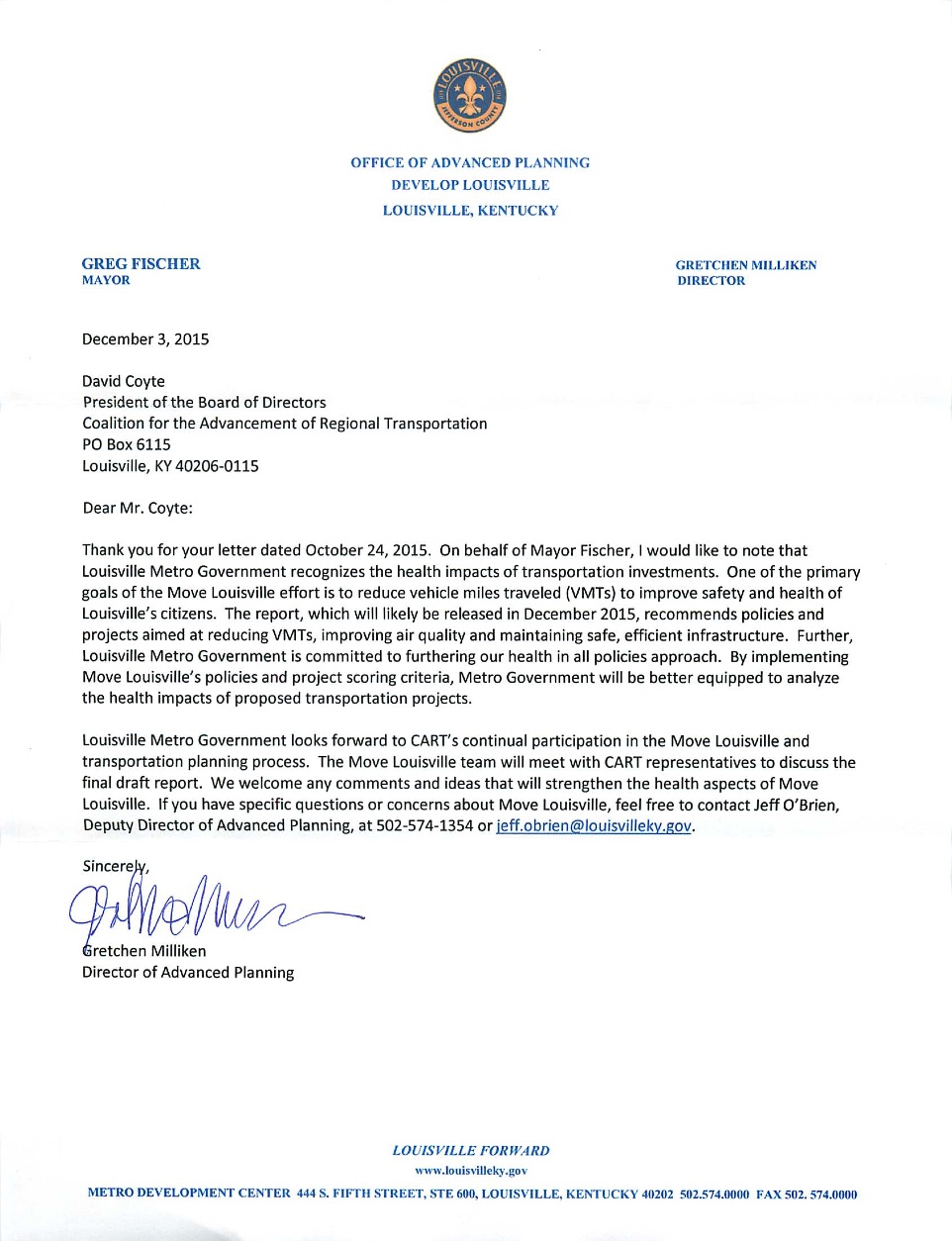Published online at Louisville, Kentucky USA -
An independent, secular, contemporary journal of political and environmental issues dedicated to peaceful reduction of human impacts on Earth
Published online at Louisville, Kentucky USA -
An independent, secular, contemporary journal of political and environmental issues dedicated to peaceful reduction of human impacts on Earth

BadwaterJournal.com
WHAT UNSUSTAINABLE URBAN GROWTH LOOKS LIKE
International Journal of Energy Economics and Policy Vol. 4, No. 4, 2014, pp.647-661 ISSN: 2146-4553
Environmental Effects and Externalities from the Transport Sector
and Sustainable Transportation Planning – A Review
Above: Revenge on the Tsars by Alexander Apsit, 1918
World demand to rise 4.7% annually through 2015
World demand for tires is forecast to rise 4.7 percent per year through 2015 to 3.3 billion units. In value terms, the tire market is projected to advance 6.5 percent annually over the same span to $220 billion. The large motor vehicle tire market will see an acceleration in growth through 2015, advancing to 1.9 billion units as motor vehicle industries in many important producing countries rebound. Stronger gains will be registered by the industrial and other tires segment, which includes a variety of tire types, including bicycle, motorcycle and off-road tires.
http://www.freedoniagroup.com/industry-study/2860/world-tires.htm
TIRE STORY HERE


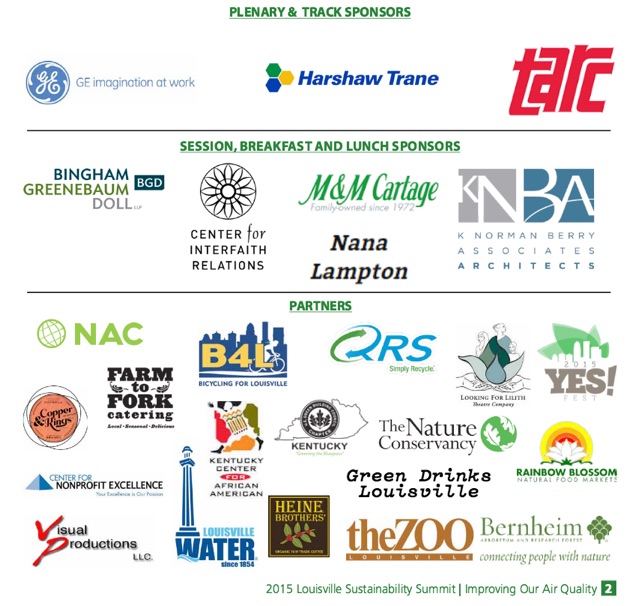
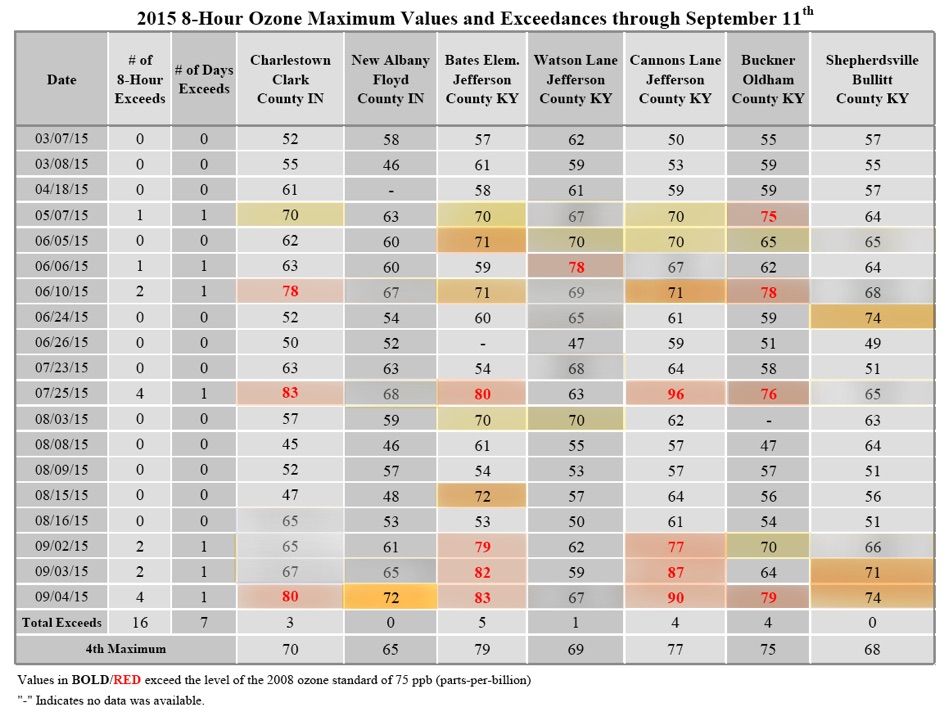

WHY is It called BadwaterJournal ?
This blog originally focused on water pollution caused by sewer overflows. See some related pages HERE and HERE
I used the simple language ‘bad water’ to dispense with the hyper-technical terms that scientists use to describe the characteristics of bad water, such as ‘total dissolved solids’ or ‘fecal coliform colonies per mili-liter’. The intent was to inform with photographs taken along the streams in Jefferson County Kentucky USA about the problems of sewer overflows caused by unchecked development and undercapacity infrastructure. Typical residents needed to know more about the local streams where children wade.
comments to:
Bud Hixson,
Badwater Journal
mail to:
1336 Hepburn Avenue
Louisville, KY 40204
Some pages have been put in storage
if you click on a link that doesn’t work
and you want to see the page
contact me at budhix@iglou.com

Children in bacteria laden
waters at Big Rock in
Cherokee Park
Louisville, KY


As of 2010:
• the annual economic cost of premature
deaths from air pollution across the
countries of the WHO European Region
stood at US$ 1.431 trillion; and
• the overall annual economic cost of
health impacts and mortality from
air pollution, including estimates for
morbidity costs, stood at US$ 1.575
trillion.
“The past few years have witnessed
substantial accumulation of new evidence
on the health effects of air pollution, on
the economic cost of these impacts,
and thus on the costs and benefits of
policy initiatives designed to combat air
pollution. As a result, it is now possible
to state – and important to communicate
– that, relative to many other known
environmental health risk factors, the
health impacts of air pollution are larger
than previously assumed. Moreover, this
physical toll imposes a greater economic
cost than previously assumed and,
consequently, the net economic benefit
to be gained by reducing this cost is far
greater than previously assumed.
Air pollution is a risk factor for several
causes of death, but cardiovascular and
cerebrovascular causes of death account
for the greater share of attributable
mortality: 80% in the case of ambient
air pollution (AAP) and 60% in the case
of household air pollution (HAP) (WHO,
2014b).
A publication by WHO1 in 2014 gives a
global estimate for 2012 of 3.7 million
premature deaths from AAP and 4.3
million premature deaths from HAP,
cumulating in 7 million premature deaths
from the joint effects of AAP and HAP
(WHO, 2014b).
Source: Metro Air Pollution Control District revised report 10/21/15
Shaded areas apply the new Ozone standard of 70 ppb.


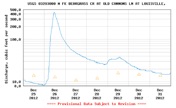
‘Infraculture’ © 1990 Bud Hixson
(4)
(4)
(1)
(4)
(4)
(2)
(1)
(3)
(3)
(6)
“Major CO2 sources in cities are the different types of fossil fuel burning. The relative importance of soil and plant respiration as additional sources and photosynthesis as the only sink of CO2 depends on the vegetation density, which is usually low in urban areas. The ‘vegetation signal’ is often heavily superimposed by anthropogenic emissions. The emitters are not homogeneously distributed in space and the temporal variation is high, thus the question as to where to place the measuring instruments to capture the representative carbon flux of a certain urban area is crucial. “
On the controlling factors for the variability of carbon dioxide flux in a heterogeneous urban environment
Björn Lietzke,Roland Vogt, Christian Feigenwinter and Eberhard Parlow, Int. J. Climatology, (2015)
One plan for the public –another for the plutocrats
TRANSIT VISION and
Transportation Project REALITY in Louisville
see it HERE

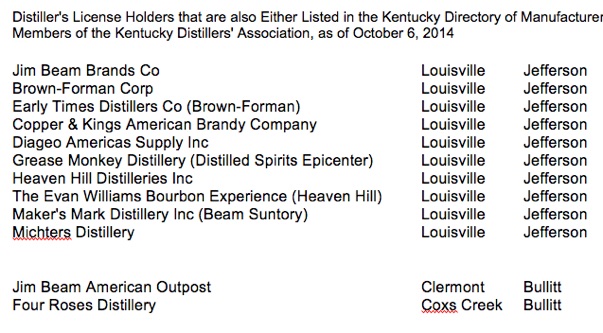
“Brewers also are confronted with the potential of CO 2 poisoning. Yeast releases CO2 as a byproduct in the process of fermenting alcohol (Nelson 2000; Tox. Review 2005).
Brewers entering enclosed areas, such as cleaning out tanks subsequent to fermentation, could be overcome by high levels of CO2. A study on brewery workers determined that they are exposed to 1.08% over an 8-hour workday on average (Nelson 2000; NIOSH 1976; Tox. Review 2005). CO2 is also a byproduct of metabolic activity of organic grains. Therefore, employees working in grain elevators and silos, where stored grain produces 37% CO2
during oxidation of carbohydrates, are at risk for high levels of CO2exposure (Nelson 2000; NIOSH 1976). “
industrial counter-intel tactics in Louisville Metro environmental activism
“Co-option occurs when the level of the contentiousness of collective action is influenced by significant funding from corporate sponsors, foundations, and grants.224 Mainstream environmental organizations often allow corporate lawyers, directors, and presidents to sit on their boards.225 In this case, co-option occurs when these mainstream organizations decide to have policies of “cooperation” and “partnerships” with business and industry.226 Such policies necessarily change the baseline stance of an organization from zero tolerance of pollution to pollution within reasonable limits for that industry.”
Stacy J. Silveira, The American Environmental Movement: Surviving Through Diversity
In Louisville, the Metro government and private industry titans are occupying the field of environmental activism– setting the agenda, framing the issues and soliciting public donations that might otherwise go to ‘grassroots’ groups not led or affiliated with interests that are regulated under the clean air, clean water or hazardous waste regulations. Industrial interests have not been challenged on the ground that constitutional freedom of association rights are implicated when people are prevented from effectively organizing and associating to protect their communities. The methods the regulated industries use take a page from counter insurgency methods developed to win hearts and minds’ in urban warfare.
Louisville corporations are significantly impacted by public policy decisions in transportation planning through KIPDA, decisions in zoning regulation and air permitting – such regulatory matters have direct consequences to the quality of life of Metro residents and the bottom line of business.
Ironies in the pre-emptive approach to environmental organizing were on display at two recent actions– first, the 2015 Louisville Sustainability Summit: Improving our Air Quality, held November 5-6, at the Kentucky Center for African American Heritage at 1701 W. Muhammad Ali Blvd., and second, at the Board of Zoning Adjustment hearing held December 7, 2015 on the conditional use permit for a biodigester producing methane to be built at 17th and Maple in the California neighborhood.
Briefly, the 2015 Louisville Sustainability Council that presented the Summit is guided by a Board of Directors featuring officers of major local industry that are heavily regulated under environmental laws. See the logos from the program –right. Though purporting to be an overview of Louisville air pollution nowhere at the Summit was the issue of bourbon whiskey distillery ethanol emissions discussed or presented. These emissions are not regulated but significantly contribute to ground level ozone formation.
These issues were raised at the Board of zoning adjustment hearing on December 7, where attorney Brian Zoeller presented the case for building a high volume methane producing anaerobic digester to convert distillery stillage waste to gas and compost.
Brian Zoeller is a partner at the powerful law firm of Bingham, Greenbaum & Doll, LLP, that represents industrial clients in permitting and environmental law cases and he is listed as a director of the Louisville Sustainability Council.
“Mayor Fischer and his staff have spent many of our tax dollars, in payroll time, to be a champion for this project and this company (operating under former and current names) that we really know nothing about.”
Councilwoman Mary Woolridge
The bourbon industry stores some 5.6 million barrels of aging bourbon in Jefferson and Bullitt county warehouses. The ethanol outgassing is creating ozone pollution with serious public health impacts. Overall, the whisky business creates a lot of problems with air pollution and public health consequences of alcohol addiction. A green strategy would be to propose a method for capturing and reusing the ‘angel’s share‘ ethanol from warehouse outgassing.
See Methane digesters page HERE
Left: “The Harmony Circle” A mandala of social and environmental inclusiveness published by the Institute for Healthy Air Land and Water. In this industry influenced vision of sustainability, spiritual humility to capitalist exploitation and lax government regulation replaces actual challenges to polluters. The emphasis is on personal spiritual paths –not investigation of tons of air emissions from industry and their specific public heath impacts morbidity and mortality.
http://instituteforhealthyairwaterandsoil.org/homepage/the-harmony-circle/
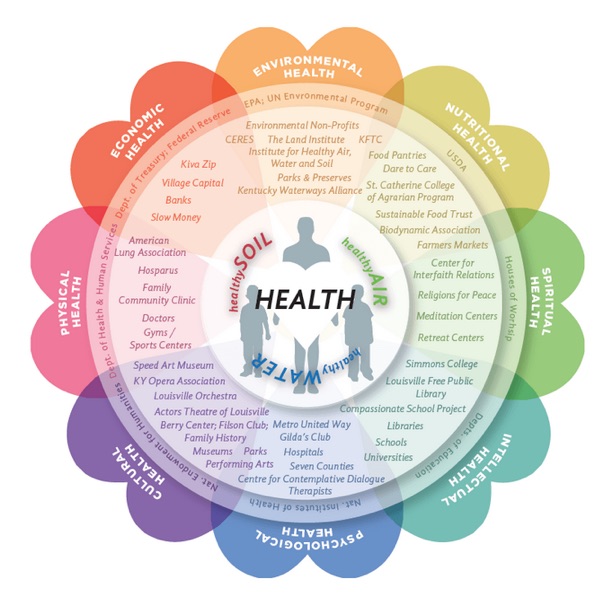
His bio page states:
“Brian D. Zoeller is an attorney in the firm’s Corporate and Transactional Practice Group and focuses his practice on development, real estate and transactional matters across various industries. Recently, Brian has been assisting with the development of two anaerobic digester facilities, including site identification and acquisition, obtaining zoning approvals, financing, community engagement, incentive procurement, identifying feedstock partners, and negotiating with the local utility. These renewable energy projects are an extension of his work on the development of CNG fueling stations and assisting clients with fleet conversion to CNG.”
Brian Zoeller is also listed on the Louisville Sustainability Council (LSC) webpage as one of the 2015 Board of Directors. The LSC mission is:
“The Louisville Sustainability Council promotes a healthy environment, strong economy, and the well-being of the people living in Louisville, KY. Our mission is to engage and collaborate with the community to facilitate the achievement of Louisville’s sustainability goals.
The LSC improves health and quality of life in the community by identifying gaps and creating community action to close them. We coordinate regional sustainability efforts by hosting events, connecting partners, collecting and providing data, and facilitating community Action Teams.
The LSC is an independent 501(c)3 nonprofit organization.”
The LSC Board of Directors for 2015 includes other corporate officers including: Andy Tefertiller, Region Environmental Manager, UPS; Marie Burnett, District Manager, Waste Management ; Jonathan Balas, AIA, LEED-AP, Yum! Brands, Inc.; Kelley Kline, Regulatory Compliance Counsel & Product Stewardship Manager, General Electric, Appliances ; and Chuck Lambert, Clayton & Lambert Manufacturing.
The LSC vision of environmental justice and sustainability is dramatically different from the vision that West Louisville residents have for their community. A sustainability movement organized by public ‘risk avoidance’ specialists funded by regulated industry is not going to admit the true impacts of its business practices, not going to conduct an honest conversation about public health impacts, and not going to gather grassroots support behind movements that mitigate and reduce pollution impacts that significantly reduce profits.
by Bud Hixson (The author is a CART member)
Automobiles and trucks travel seven billion vehicle miles every year in Metro Louisville. Nearly all of them combust fossil fuels like gasoline and diesel. The resulting combustion products include carbon dioxide CO2, carbon monoxide CO, volatile organic carbons VOCs, polynuclear aromatic hydrocarbons PAH, nitrogen oxides NOx. These products include both gases and a range of particulate pollution from ultrafine particulates to coarse particulates. As a direct result of automobile pollution, along with residential emissions, bourbon ethanol emissions, and power generation pollution, the ambient air in Metro Louisville is unhealthy to breathe on a daily and annual basis. No, not as bad as Beijing where coal burning has darkened the skies–but unhealthy enough to send people to the emergency clinics and hospitals by the score. The unhealthy ambient air pollution causes premature deaths.
More than a million fossil fueled engines burn every day driving an average of some 25-30 miles each into, out of and around Louisville. Presently Louisville transportation planners have offered no viable competing transportation mode to move 70,000 daily commuters into and out of Downtown every day. The automobile lobby and gas retailers lobby have effectively blocked rational transportation planning.
Light rail lines that removed 30 % or more of daily commuters to Downtown and shifted them to low or no emissions travel could reduce the health impacts of combustion emissions. But no one knows how much the reduction would be, nor how many dollars it would save.
Such information is found in a Health Impacts Assessment-HIA for Louisville transportation.
Under the leadership of President David Coyte,
• CART has decided that a Health Impacts Assessment is a necessary and desirable tool that KIPDA and Move Louisville should be using to consider costs/benefits of transportation project and policy decisions.
• Small congestion and pollution reductions —such as by tinkering with the present TIP and MTP list of projects as well as expected Move Louisville project recommendations will not achieve regional transportation objectives of–
CART finds the money for light rail in Louisville - stop spending it on car crashes and air pollution morbidity
• reducing VMT by 30 % and reducing green house gas emissions from transportation
• CART has decided to set a longterm objective consistent with Partnership for Green City and Vision Louisville goals of of reduction of daily commuter VMT by (at least) 30%
The present Transportation Improvement Plan and Metropolitan Transportation Plan will increase VMT by between 40–50%
An HIA that informs transportation planners and the public would estimate:
1)a baseline Health Impacts cost estimate for ambient air pollution in the area
how many hospital admissions, emergency room treatments, morbidity and premature deaths result from bad air? How much money ?
2) breaking out the cost of transportation air pollution emissions
how many millions of dollars of morbidity and mortality are caused by automobile exhaust?
3) estimate all the other social health and monetary costs of the total auto-dependent
commuter system
how many millions of dollars of morbidity and mortality are caused by automobile crashes, injuries, delay and congestion?
4) Use an HIA to estimate the cost benefit of the Partnership for Green City and Move Louisville
goal of 30 % reduction in VMT by shifting 30 % of daily VMT commuter traffic to light rail.
Only light rail will move a worker from west Louisville to Amazon in River Ridge, or a commuter from E-town to Downtown in a practical time to make the alternative to cars an attractive commuting option to achieve a shift of 30 % from daily automobile dependence.
As the Updated Health Equity Study in Louisville stated:
"access to reliable transportation is especially important in those areas that have dense unemployment. As shown in the unemployment map, areas of low vehicle ownership correlate with areas of unemployment. These vulnerable populations are dependent on public transportation to get to employment. This can limit job opportunities, due to lack of service, travel time or other factors. Reliable transportation is also highly important in areas affected by real and/or perceived crime, limiting ventures on foot or bicycle. This further compounds the effect of lack of independent transportation by keeping people inside their homes and reducing active lifestyle opportunities for fear of their surroundings. For many people in these areas, owning a car is not financially feasible. This underscores the need for effective and efficient public transportation, especially for these areas with low rates of vehicle ownership.
http://lae.mit.edu/air-pollution-causes-200000-early-deaths-each-year-in-the-u-s/
Researchers from MIT’s Laboratory for Aviation and the Environment have come out with some sobering new data on air pollution’s impact on Americans’ health.
The group tracked ground-level emissions from sources such as industrial smokestacks, vehicle tailpipes, marine and rail operations, and commercial and residential heating throughout the United States, and found that such air pollution causes about 200,000 early deaths each year. Emissions from road transportation are the most significant contributor, causing 53,000 premature deaths, followed closely by power generation, with 52,000.
Health impacts of air pollution carry many significant financial and economic implications, not only in terms of the societal cost of mortality and morbidity, which is the key issue of interest for this report, but also household, hospital and
public budgets and, therefore, decisionmaking
within and outside of the health sector. These impacts also carry implications for social equity both within and between countries.
The epidemiological evidence shows that air pollution is responsible for several million premature deaths per year – a global total of 7 million premature deaths in 2012, as reported in WHO (2014b). The evidence from economics shows that such pollution also imposes, by virtue of being responsible for those deaths, a so-called economic cost to society4 of several trillion dollars per year. As reported by the OECD (OECD, 2014), in the case of AAP for the 34 OECD countries plus China and India, this cost can be estimated at a combined total of 3.5 trillion United States dollars (US$) for the year 2010.
In absolute terms, the result is clear: air pollution imposes a large economic cost on the countries of the WHO European Region. As at 2010, the annual cost of premature deaths from air pollution across the countries of the Region stood at US$ 1.4 trillion, and the overall annual
cost of health impacts from air pollution stood at US$ 1.6 trillion
Economic cost of the health impact of air pollution in Europe—World Health Organization
CART sent the following letter to Mayor Fischer in October and to Larry Chaney at KIPDA and to other transportation planners. So far no one has responded to the letter.
See CART Webpage: http://www.cartky.org/
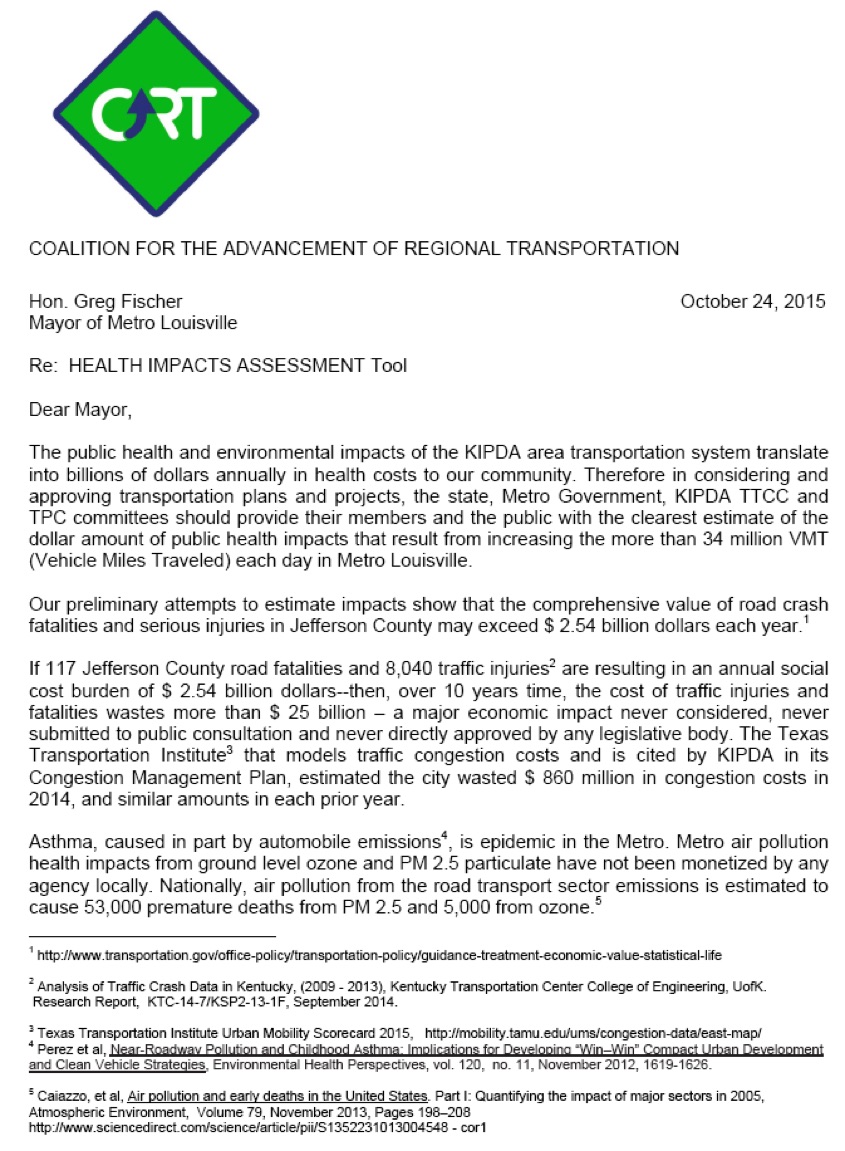
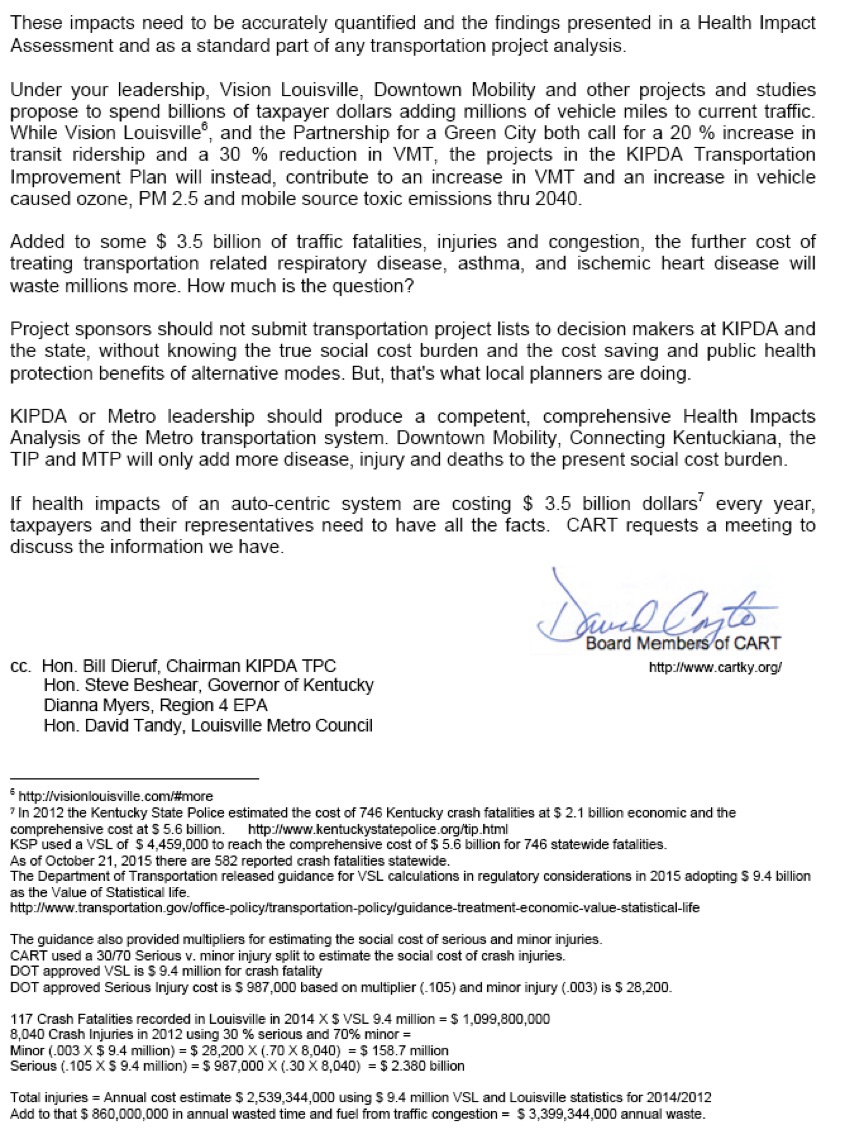
Brian Zoeller presented a proposal to build a methane bio-digester to the public that was strongly opposed at the hearing. It was opposed on the grounds of odor and possible fugitive emissions of volatile organic compounds from the anaerobic digester process--in other words, air pollution.
The opponents were west Louisville concerned citizens and local residents who framed the proposal as one of social justice --here was another heavy industrial facility with significant pollution impacts being forced on the black minority community.
The BOZA hearing revealed the large difference between what low income and minority residents want for their community –and what the Heaven Hill distillery corporation wants to do to handle distillery waste. Yet at the Louisville Sustainability Summit, neither Zoeller nor any other LSC director presented the air pollution impacts of ethanol emissions from the bourbon whiskey industry as a major contributor to ozone pollution.
The ‘green’ activism organized by major corporate interests in both the events discussed herein, obscured detailed specific information about major environmental impacts that will need to be the object of regulation and mitigation to achieve clean air and healthy community goals. Bourbon ethanol emissions from distillery warehouses contribute to ‘whiskey fungus‘ and ground level ozone formation.
The Louisville Sustainability Council and the Institute for Healthy Air, Water and Soil (the Institute) have so far not discussed bourbon whiskey ethanol emissions or possible strategies to regulate and capture ethanol emissions even as they organize the environmental movement in Louisville and seek public donations as a non profit corporation.
The LSC Summit did not result in a publication and ranking of air pollution emitters by the ton or by the toxicity. The basic impacts of specific corporations and social policies in transportation were not presented. The Summit produced no plan or agenda for prioritizing regulatory or policy changes. Instead as the quote at the beginning of this article says, the LSC and its public and private partners have formed a coalition to dominate environmental activism in Louisville to change the “baseline stance of an organization from zero tolerance of pollution to pollution within reasonable limits for that industry.”
The arena of environmental activism has been flooded by smiling industrialists who offer ‘green drinks’ to dull the sense of outrage as we cough out our protest.

‘Mover and Shaker’ Christy Brown at the 2015 Sustainability Summit
Lunch break at the
2015 Sustainability Summit at African American Heritage Center
Where are the marchers for rational planning?Photoshop concept for
mass rally for light rail

FIRST AMENDMENT TO THE
ARTICLES OF INCORPORATION OF
LOUISVILLE SUSTAINABILITY COUNCIL, INC
3.2. The objects and purposes of the Corporation, and the powers it shall have and may exercise are:
(A) As general and controlling purposes, to conduct and carry on its work, not for profit, but exclusively for charitable, scientific, literary, or educational purposes
within the meaning of Section 501(c)(3) of the Internal Revenue Code of 1986, as amended (the "Code") (or corresponding provisions of any subsequent Federal tax laws), in such manner (i) that no part of its income or property shall inure to the private benefit of any donor, director, officer, or individual having a personal or private interest in the Corporation's activities, except as reasonable compensation for services actually rendered, (ii) that it shall not directly or indirectly participate in or intervene in any political campaign on behalf of any candidate for public office, and (iii) that no substantial part of its activities shall be carrying on propaganda or otherwise attempting to influence legislation.
(B) As a specific purpose solely to the extent consistent with the purposes in (A), to engage and collaborate with the community of Louisville, Jefferson County,
Kentucky and facilitate the achievement that community's sustainability goals through public education to encourage active efforts to increase environmental sustainability.

by Bud Hixson (The author is a CART member)
Louisville government under Mayor Fischer seems more responsive to Fortune 500 companies and their strategic objectives, than to the suffering of large sectors of the population that have been economically depressed for decades.
For example, the multi-billion dollar Bridges Project was rammed through the political process –though bridge tolls were calculated to have disproportionate impact on low income populations. Transportation activists have been urging the city to fund and build a light rail system at least since 2002 which led to the ‘T2’ project– later ‘derailed’ by state politicians.
In Louisville’s urban sprawl, poor people can’t connect to jobs through a transportation system based on billion dollar bridges and increasingly expensive ‘smart cars’ costing upwards of $ 30,000. Exclusion and oppression of an under-class seems to be an intended consequence of regional infrastructure planning controlled by self interested corporations.
Since 2003, transportation advocates argued social justice and empowerment would be served by connecting poor communities with booming east end job centers through a light rail system. Instead, the capitalist forces pursued auto-centric planning and Louisville today exemplifies all the ills of unsustainable, energy inefficient development. Our planning and development has enabled white-flight to suburban ring gated communities and left economic ruin in the old urban core.
A light rail system that is fueled by electricity from solar power or Ohio river hydro-power makes more sense with every new scientific study of the melting of the Greenland icecaps, acidification of the oceans and annual 500 year rain events.
Even the flawed, minimal air quality monitoring from the Metro Air Pollution Control District, tells us we live our lives in chronic, unhealthy air pollution concentrations caused in large part by emissions from 34 million vehicle miles traveled daily.
Despite the obvious contribution of fossil fuel ed transportation systems on climate change, and local health epidemics of heart disease, respiratory disease and asthma– transportation policy decisions are still made to help automakers sell 17.5 million cars annually.
The auto-centric transportation system and its required concrete and steel infrastructure pollutes the environment with road salt runoff , tire wear particulate and cancer causing aromatic hydrocarbons. Socially, it effects a massive transfer of wealth from the general public to transportation elites as tax payers and vehicle drivers cough up the billions needed to fuel and build the unsustainable enterprise. The bond financed Bridges Project will cost locals some $10 billion dollars over 40 years.
Public relations schemes redefine pollution and epidemic disease as
sustainability

Louisville’s poor underclass cannot accumulate wealth or rise from poverty in a transportation system that segregates populations behind walls of high monthly cost in car loans, fuel costs and now bridge tolls on ‘freeways.’
To sell us overpriced cars in a time of global climate change, automakers deploy a PR campaign designed to position automakers as our ‘good friends’, ‘technological wizards’ and ‘leading corporate citizens.’ The integration of artificial intelligence systems into automotive controls offers affluent new buyers exclusive access on sensor equipped roads without addressing the automobile’s climate impacts.
The unfortunate truth is that burning 25 million gallons of gasoline per day in the U.S and consuming some 114 million new tires every six months describes a stylish Frankenstein tearing through the global village and with no pitchforks in sight.
Organizing the community to pry rational infrastructure planning from the clutches of multi-national corporations and their willing political stooges must take place while the public is bombarded by advanced public relations programs. Advanced discourse and positioning by corporations to quell public unease and dissent is patent in the efforts of Metro government. Multiple organizations such as the Louisville Sustainability Council, GLI and Leadership Louisville, stake out approaches and positions that reframe the cause and scope of Louisville’s failure to protect the public and promote social well being.
One step towards reversing course would be recognition by advocates of the extent of corporate political influence and issue framing. The Kentucky environmental movement is populated and led by elite PR flacks whose
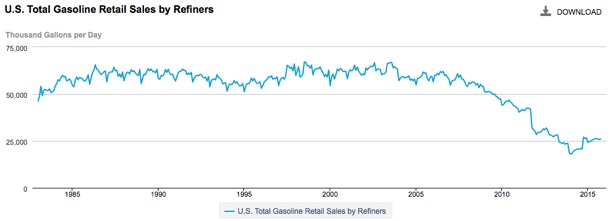
compromised loyalties have stalled rational policymaking. The Louisville under-class has labored long without living wages or efficient affordable transit to distant jobs. Predatory municipal policies of the ‘revenue policing’ type highlighted in Ferguson Missouri exert a depressing influence on our community as well.
Perhaps in 2016, local activists will begin to cut through the municipal fog that sells pollution and division as ‘sustainability.’ Before that happens people will need to recognize that progress towards livable urban centers requires balancing corporate objectives against actual planetary limits. The sooner communities organize to shift commuters away from fossil fuel transportation to light rail and other transit modes, the sooner all the other health and social justice issues will be addressed.
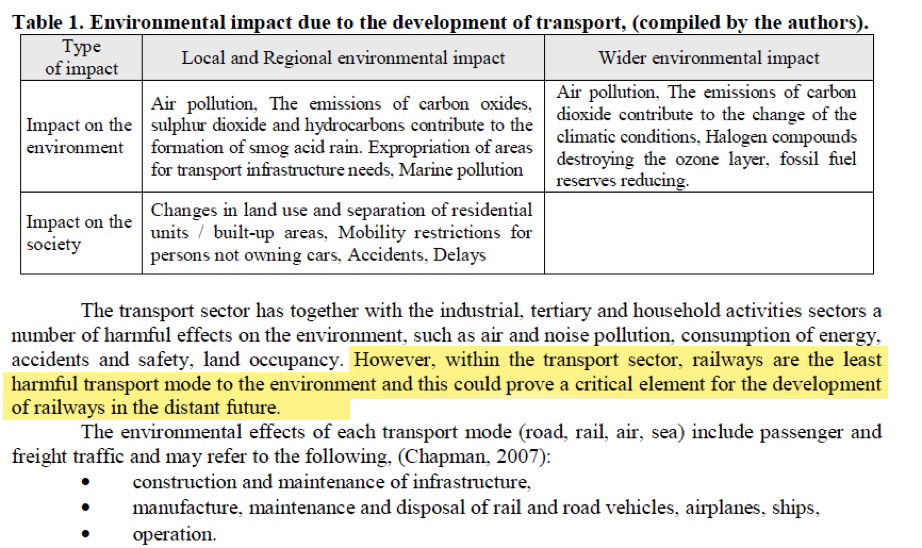
The capitalist free enterprise system has been called out for its excesses in the past. Human greed and capital accumulation have to be controlled lest they produce obscene inequality. Those who reap billions of dollars by gaming municipal government decision making cannot be expected to produce regional infrastructure planning that ‘owns’ the pollution and social health impacts of its modes.
What is true in 2016 is that regional planners and their political leaders are not only aware of global climate consequences and local health epidemics caused by their infrastructure, but intend to continue on the same unsustainable path for the critical period during which global action must occur to reduce climate impacts.
25 million gallons burned in the U.S. per day
The Metro Director of Advanced Planning-Gretchen Milliken has answered CART-
see below
